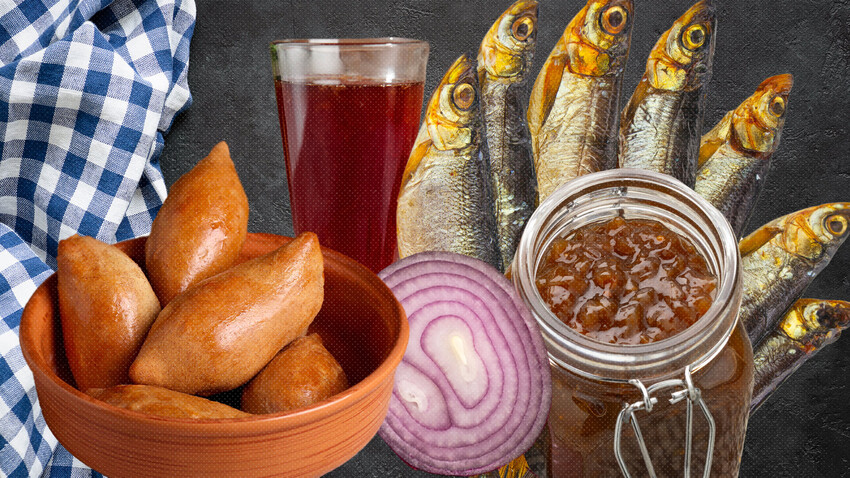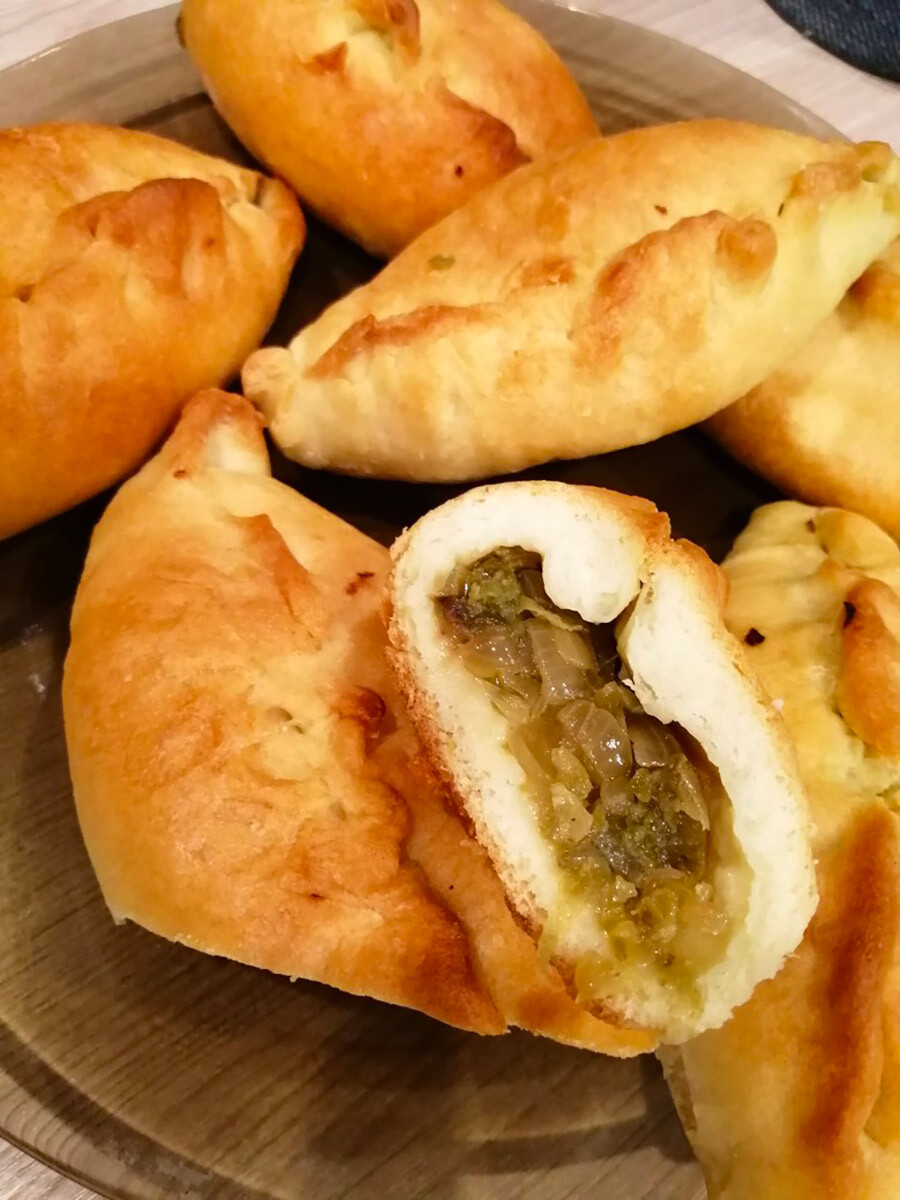
Rare dishes from the main cities of the Russia's 'Golden Ring' route.
Solstizia, Ryzhkov, Arx0nt, PicturePartners/Getty ImagesThis stew is made with meat and a thick, rich sauce, although it can also be made with fish, as well. The name 'ushnoe' itself in Russian evokes associations with the word 'ushi' (‘ears’ in English), but, in reality, it comes from the word ‘ukha’ - in the past, both fish and meat soup variants were called this way.
According to the recipe, vegetables (usually carrots and onions) and mutton are lightly fried with spices, then put in a pot and stewed for a long time on a low heat, adding water until the meat becomes soft and tender. There is another way to achieve this softness - the pot is sealed with a thin layer of dough on top; this way, the broth does not evaporate as quickly.
Pereslavl-Zalessky’s coat of arms depicts two 'ryapushka' fish. Once, the local Lake Pleshcheyevo was famous for this delicacy and, although the catch is now limited, you can still order it in local cafes. 'Ryapushka' is most often fried, dried or smoked, but recipes in marinade with vegetables or in sour cream sauce are also popular. A museum on the lakeside is dedicated to 'ryapushka' with its delicate taste and cucumber aroma.
'Ryapushka' is a small fish, on average from 13 to 35 centimeters in length. At the same time, it is dubbed the "tsar's herring", because it was served on the table of Russian tsars for several centuries. French writer Alexandre Dumas, who visited the local area, also mentioned it with enthusiasm in a letter to his son.
Onions from the town of Rostov the Great are a local pride. They taste sweet and store very well. Not surprisingly, the locals have learned to use them not only for soups and second courses, but also make onion marmalade.
For marmalade, they choose sweet, red onions. They are sliced and stewed with spices, red wine and honey. Onion marmalade goes well with meat dishes, vegetables, cheese and wine.

Pickles from the village of Vyatskoye have been known since the second half of the 19th century. At that time, local small cucumbers were supplied to the tsar's table. They are good both fresh and salted. And you can salt them simply with garlic and dill or add currant and oak leaves for flavor. In the past, they used to be stewed in milk with onions and garlic, but, if this combination is rather specific, local pies made of rye dough and filled with pickles seem more appetizing. You can try them in many local cafes.

A drink with the telling name 'dusheparka' from Yaroslavl Region is a local mulled wine prepared on the basis of honey, cranberries and spices. Both beer and wine are suitable as an alcoholic component. The drink is drunk hot, so that "it steams the soul" (“dushu parit”).
Dear readers,
Our website and social media accounts are under threat of being restricted or banned, due to the current circumstances. So, to keep up with our latest content, simply do the following:
Subscribe to our Telegram channels: Russia Beyond and The Russian Kitchen
Subscribe to our weekly email newsletter
Enable push notifications on our website
Install a VPN service on your computer and/or phone to have access to our website, even if it is blocked in your country
If using any of Russia Beyond's content, partly or in full, always provide an active hyperlink to the original material.
Subscribe
to our newsletter!
Get the week's best stories straight to your inbox